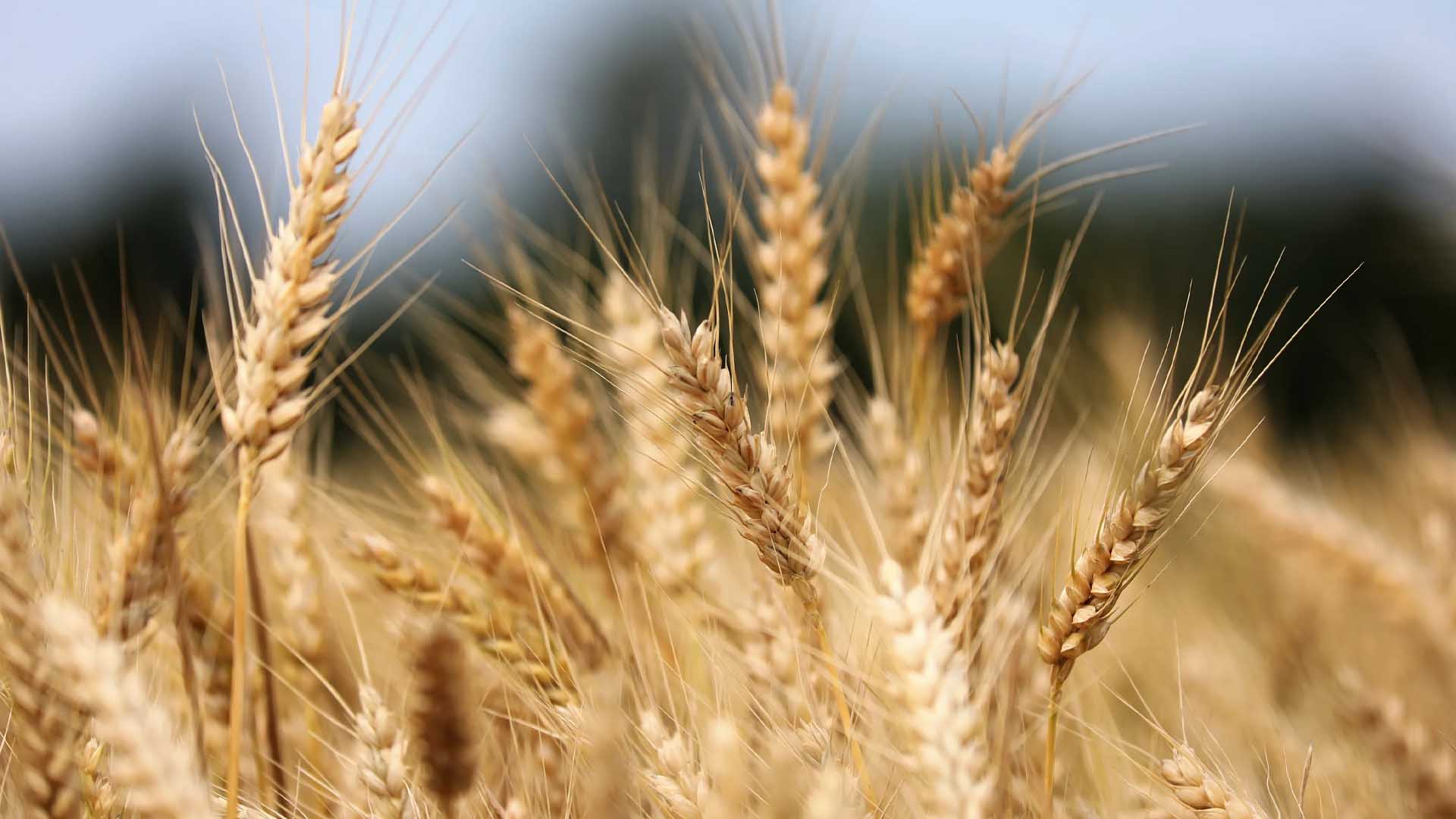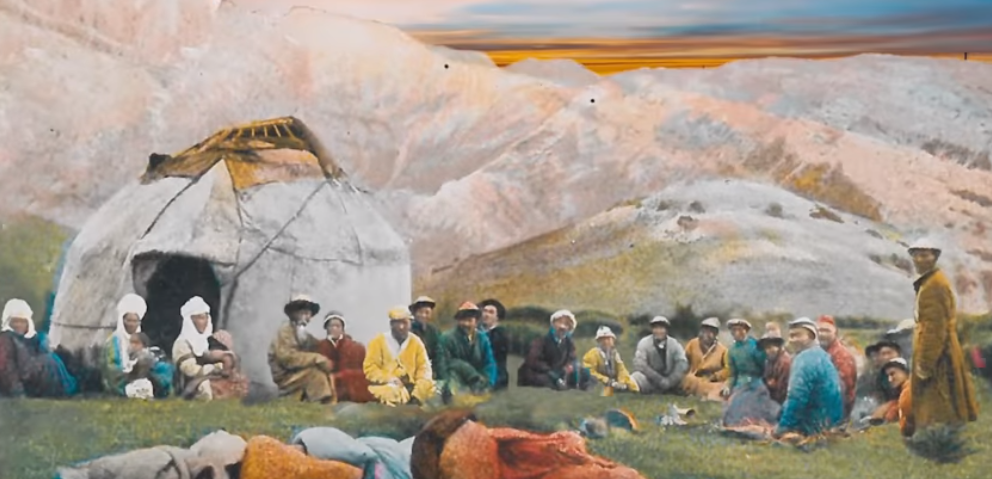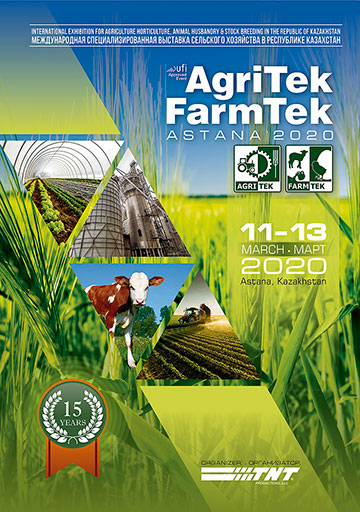
A decade-long collaborative study by an international team of scientists has revealed a huge genetic potential that is untapped in modern wheat varieties, World of NAN reports with reference to Nature.
Scientists studied Arthur Ernest Watkins's collection of bread wheat, which he collected in the 1920s and 1930s from 32 countries. The collection contains landrace wheat varieties that are no longer grown anywhere in the world.
The team of researchers constructed a map of genomic variations in wheat, an association map of haplotypes and phenotypes. I compared the available material with existing varieties and came to the conclusion that modern wheat varieties use only 40% of the genetic diversity found in the collection.
“That missing 60% found in this study is full of beneficial genes that we need. These beneficial variations are missing from modern wheat and it is essential to exploit them in modern breeding. It is important that genes and traits are successfully identified using data and tools developed over the last decade,” said team leader Dr Simon Griffiths.
The research will help plant breeders trace new functional and beneficial diversity that was lost in modern wheat varieties after the Green Revolution of the 20th century. Key traits discovered include nitrogen use efficiency, resistance to slugs and other pests, and disease resistance. Thus, the discovery of scientists will help create new, more resistant varieties of wheat.
Смотрите больше интересных агроновостей Казахстана на нашем канале telegram,
узнавайте о важных событиях в facebook и подписывайтесь на youtube канал и instagram.









































Обсуждение